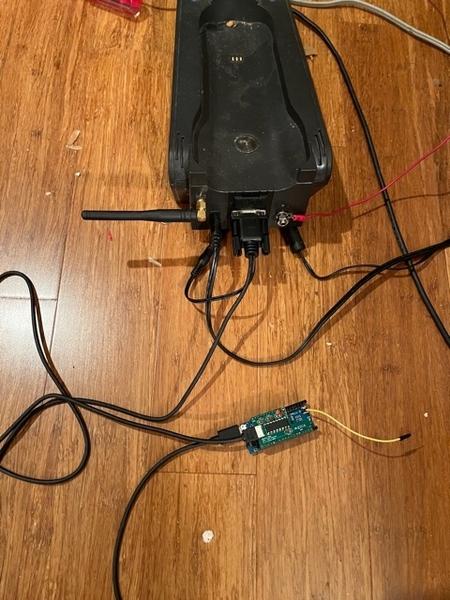@rplst8 posted:Litigation? For what - converting bytes from one thing to another? AFAIK all the DCS patents should have expired by now, and I'm sure Lionel would welcome an ability to run MTH locos with their remote - not having spent a dime on R&D. Legacy remotes will be flying off the shelves.
Legacy has been out since around 2007 when the patents were still in play. This is when Dr. ZW was working in the lab late one night. ( did you get that song stuck in your head?)
As far as Lionel welcoming the ability to run DCS engines, I'm sure they really don't care either way. With MTH being able to run Legacy engines, Lionel probably sold extra Legacy bases, required for MTH to run Legacy, and engines so I suspect they were probably OK with that.








